Patient Relationship Management Software: An Essential Ally to Your HIS
From being primarily used as financial systems in the 1970s, today’s HISs have come a long way. They include diverse modules, such as clinical, financial, laboratory, inpatient, outpatient, operation theatre, materials, nursing, pharmaceutical, radiology, pathology, etc.
A common question is why should a hospital invest in a Patient Relationship Management software if they already have a HIS solution. In this article, we explain how a PRM solution complements a HIS solution.
Key Takeaways:
- A HIS is essential for running the day-to-day operations of a hospital. A patient relationship management solution helps hospitals make better use of the information collected by the HIS
- A patient relationship management software provides patient-centric features that help hospitals increase the lifetime value of patients. A prm software is not a substitute for a HIS
- A prm software can be integrated with an existing HIS without the involvement of the hospital’s technology team
- Patient relationship management software doesn’t come with high development or implementation costs. They work on a subscription model making it affordable for hospitals and not increasing their technology costs overwhelmingly
Introduction: Key Functions of HIS and Patient Relationship Management Software:
The typical Hospital Information System solution has been built keeping mainly the hospital as a customer in mind, with the objective of running the business smoothly. It is a time-saving technology that reduces the scope for errors.
A good HIS also ensures data security and corrects data retrieval for better audit controls and policy compliance. It is no surprise that the global market size of HIS systems is expected to reach $44.32 billion by 2030. That is a CAGR of 11% from the $15.48 billion generated by the HIS market in 2020.
A patient relationship management solution typically complements the entire set of data being collated by the HIS to improve the patient experience. A patient relationship management system helps engage and retain patients and improve care across the patient lifecycle.
A PRM system integrates a consumer’s social, behavioral, clinical, and financial details into a holistic profile. For this purpose, it weaves together electronic health records (EHRs), patients’ interactions with the organization’s web page and call center, provider credentialing, and even indirect sources like web traffic and subscription opt-ins.
Why do organizations with a HIS require a separate Patient Relationship Management Software?
In today’s era of patient centricity, it would make sense to invest in PRM software for superlative customer experience, convenience, loyalty, and retention. A HIS will certainly help your organization operationally function efficiently. However, the PRM solution would enable you to effectively communicate with the customer using information obtained through the HIS.
For example, every HIS system has an Outpatient module which is quintessential for securing and storing all patient-related information, including generating customer UID (unique identification number).
With a patient relationship management system, hospitals can send instant messages to customers, such as appointment reminders. A PRM solution also provides the organization with an option to send messages in multiple languages.
Key Features of Patient Relationship Management Solutions:
- Appointment reminders
- Multiple online booking options
- Recall messaging
- Multiple check-in options
- Multi-channel patient satisfaction surveys
- Patient history
- Data analytics
- Real-time patient feedback notification
- Integration of data from HIS for providing actionable
- A unified omnichannel communications platform
How Easy is It to Deploy a Patient Relationship Management Software?
Here are two key advantages of a PRM software for organizations already using a HIS.
Ease of Implementation
If as an organization you already have a HIS system, the patient relationship management software can be integrated into it. The typical integration process would take anywhere from 2 to 4 weeks. However, the hospital IT team will not have to stretch themselves. The IT team of HIS and the PRM provider’s IT team can work together on the integration.
Affordable Cost
A HIS solution would have a one-time fee plus ongoing maintenance. The cost of a PRM solution is nominal in comparison and doesn’t increase the financial burden of a hospital. For example, BestDoc’s PRM solution offers a subscription-based model, where hospitals pay based on the number of patients using the solution.
Key Benefits of Patient Relationship Management Solutions:
- Strengthen patient engagement, loyalty, and NPS through transparency of internal processes
- Improve patient experience by keeping patients up-to-date and informed
- Unique integration of patient communication channels with internal patient-centric work processes
- Reduce the cost of maintaining patient communications through a streamlined interface and automated messaging
- Improve the patient experience and help increase the lifetime value of patients
Illustration 1: Easing the Appointment Process
The HIS system typically would have data on the doctor’s schedule. A PRM software allows scheduling patient appointments and collecting payments. The PRM would use the data from the HIS to ensure that there are no clashes in appointments that are provided.
Illustration 2: Ease of Collecting Feedback with a Patient Relationship Management Software
To explain further, a case in point is the feature of attaining multi-channel patient satisfaction surveys. Generally, collecting sizable patient feedback is difficult through only one modality. However, with a PRM solution, patients are provided with multiple digital channels for sharing feedback.
This way, patients feel they have a voice and are really being given a chance to speak and be listened to. The good part is digital feedback channels also help derive intelligible analytics and improve their online reputation.
Besides, with the feedback capabilities of a PRM solution, any real-time issue or feedback provided can be immediately notified to the departments involved. This can lead to swifter corrective action.
For example, a hospital in Mumbai had a Google review score of 2.9 before adopting a feedback solution. Post adopting our feedback solution, their review score has increased to 3.8. Also, their number of reviews has doubled within a short period of time. Hospitals cannot achieve a win like this with a HIS alone.
Final Thoughts:
A PRM solution complements a HIS and makes a significant difference in the patient experience journey. Investing in a solution like this would enable the organization to get a sizable ROI and elevate the patient experience to the next level.
6Mins Read
Written By | Pooja George




